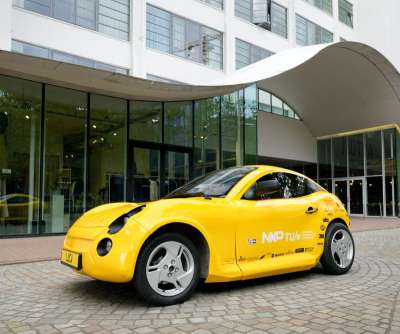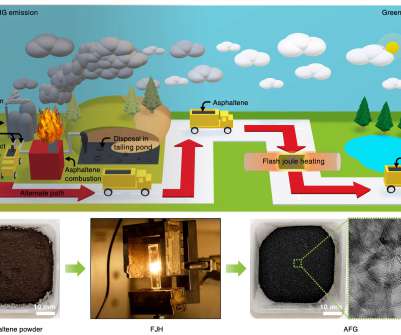TU/ecomotive develops waste-free car with UBQ: Luca
Green Car Congress
OCTOBER 13, 2020
Every year, Netherland-based student company TU/ecomotive produces an electric car with a team of 21 BA students from the Eindhoven University of Technology, with the aim of showing the world that a hypothetical, sustainable car of the future can be a reality today. Luca, the world’s first Zero-Waste car. Photo by Bart van Overbeeke.




































Let's personalize your content